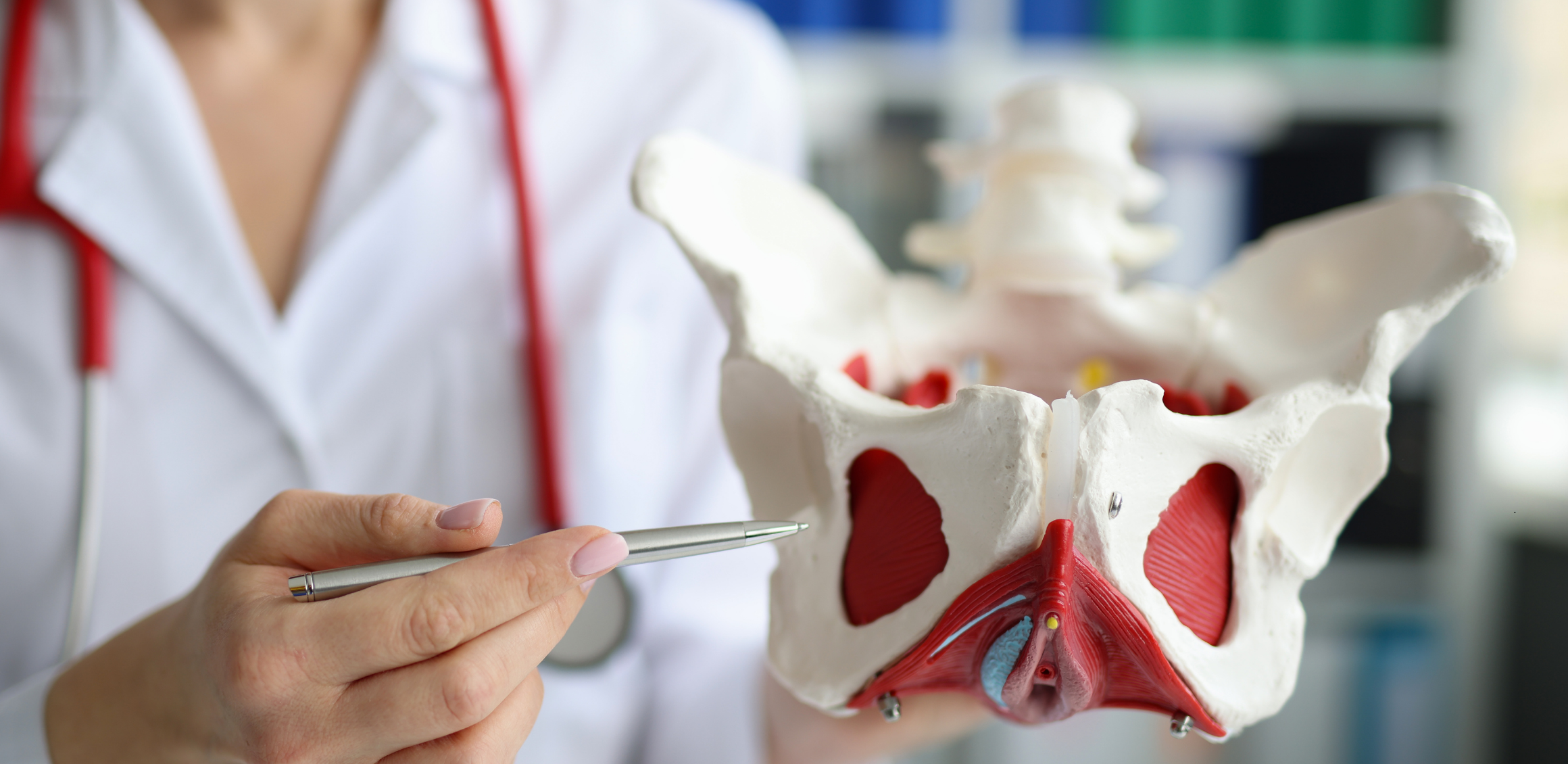
Uterine Prolapse
Uterine prolapse, also known as pelvic organ prolapse, is a condition where the uterus descends downward into the vagina.
Uterine Prolapse
Uterine prolapse, also known as pelvic organ prolapse, is a condition where the uterus descends downward into the vagina. This condition typically occurs due to weakening of the pelvic floor muscles and connective tissues. Uterine prolapse can range from mild to severe, and symptoms may vary from person to person.
Causes of Uterine Prolapse
- Childbirth: Especially difficult or multiple vaginal deliveries can weaken the pelvic floor muscles.
- Aging: Pelvic floor muscles naturally weaken with age.
- Hormonal Changes: Decreased estrogen levels after menopause can contribute to pelvic floor weakness.
- Heavy Lifting: Regularly lifting heavy objects can strain the pelvic floor muscles.
- Chronic Coughing: Persistent coughing can exert pressure on the pelvic floor muscles.
- Chronic Constipation: Continuous straining during bowel movements can stress the pelvic floor muscles.
- Obesity: Excess weight puts extra strain on the pelvic floor muscles.
Symptoms
- Feeling of fullness or heaviness in the vagina
- Pressure or discomfort in the pelvic area
- Tissue protruding from the vagina
- Urinary incontinence or difficulty emptying the bladder
- Discomfort during sexual intercourse
- Back pain
- Constipation
Treatment Options
Treatment for uterine prolapse is determined based on the degree of prolapse, the patient’s overall health, and their quality of life.
Non-Surgical Methods
- Pelvic Floor Exercises (Kegel Exercises):
- Purpose: To strengthen the pelvic floor muscles.
- Method: Regularly contracting and relaxing pelvic floor muscles.
- Pessary Insertion:
- Purpose: To support and hold the uterus in place.
- Method: Using a device inserted into the vagina to support the uterus.
- Lifestyle Changes:
- Purpose: To reduce pressure on the pelvic floor.
- Methods: Weight loss, avoiding heavy lifting, treating chronic cough, and preventing constipation.
Surgical Methods
- Vaginal Repair of the Uterus:
- Purpose: To support or remove the uterus via vaginal access.
- Method: Repairing pelvic floor muscles and connective tissues or using mesh support.
- Laparoscopic or Robotic Surgery:
- Purpose: To support the uterus using minimally invasive methods.
- Method: Surgical intervention through small incisions, often leading to faster recovery times.
- Hysterectomy (Removal of the Uterus):
- Purpose: In cases of severe uterine prolapse.
- Method: Removal of the uterus via vaginal, abdominal, or laparoscopic approaches.
Conclusion and Summary
Uterine prolapse results from weakening of the pelvic floor muscles, affecting quality of life. Treatment options vary based on the severity of prolapse and the patient’s health. Non-surgical approaches are typically preferred initially, with surgical interventions considered for more serious cases. Strengthening pelvic floor muscles and adopting lifestyle changes can enhance treatment success and reduce the risk of future prolapse.
